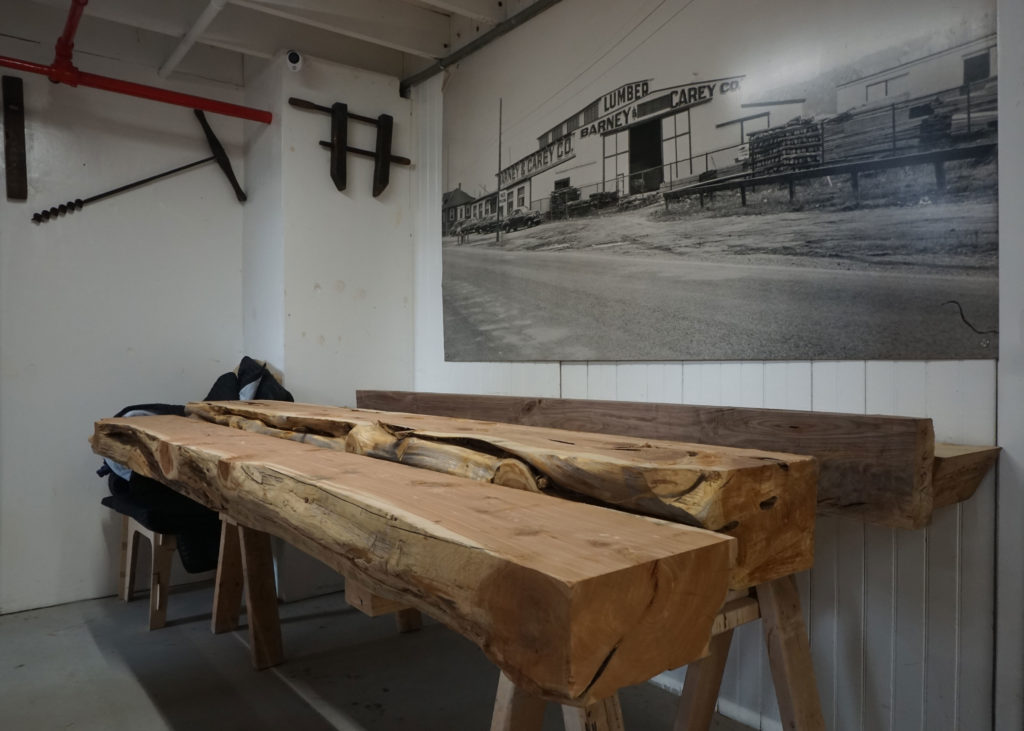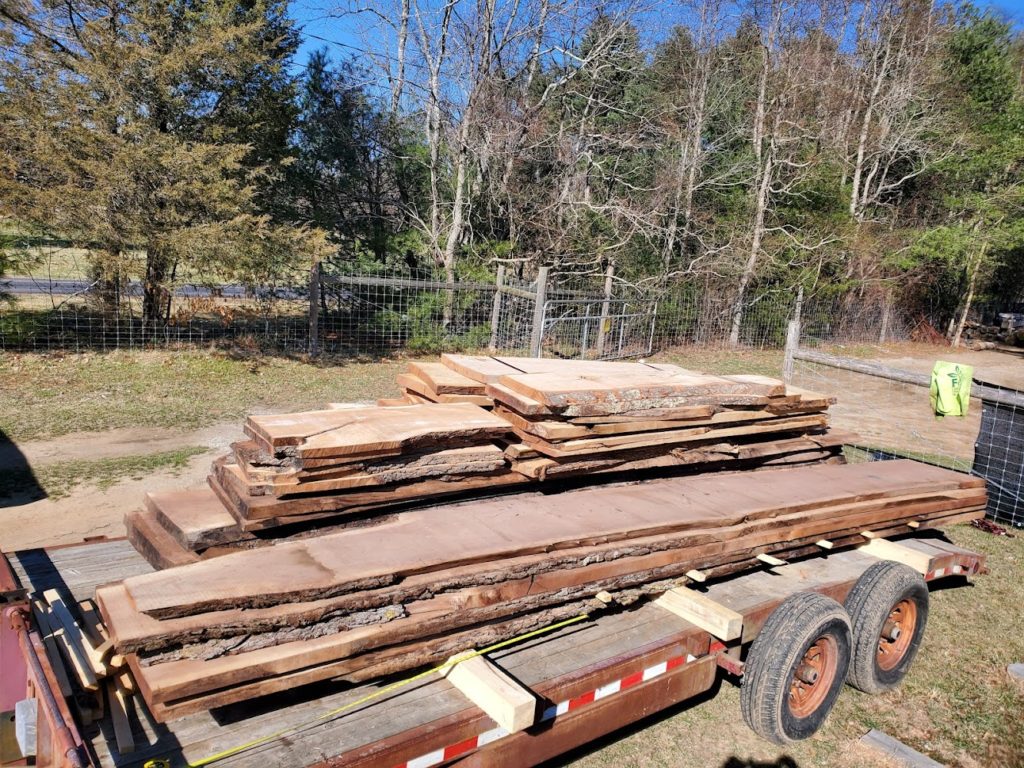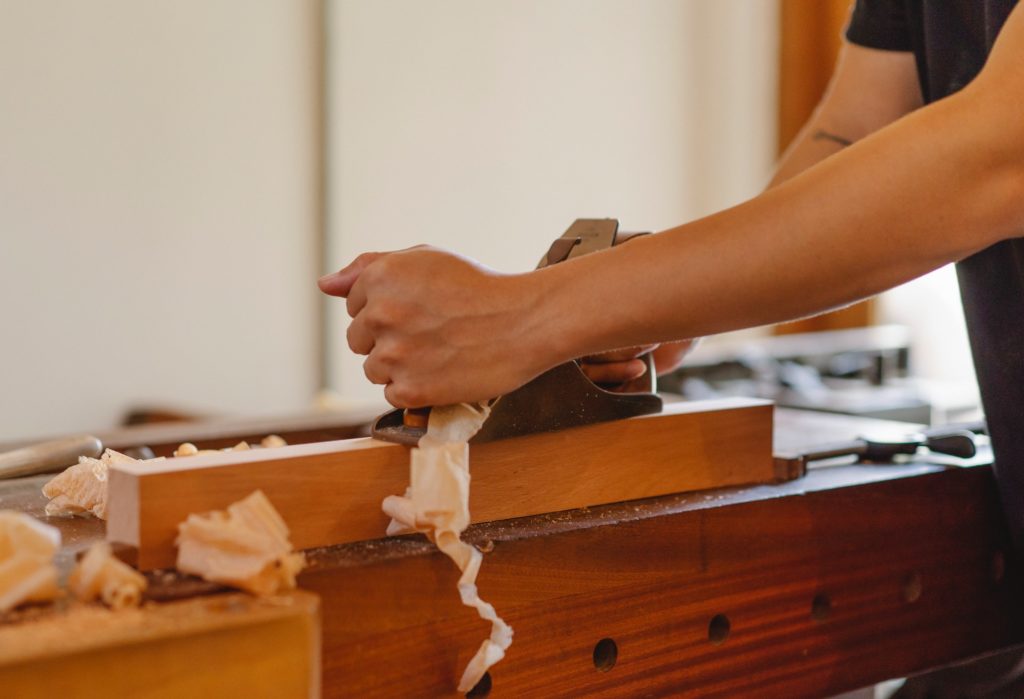Posts Tagged ‘wood for woodworkers’
Tradition at Barney & Carey
We are certainly proud to be celebrating Barney and Carey’s 100th anniversary since opening on the banks of the Neponset River, Milton, in 1922. It was the former site of the old Neponset Coal Co. I found the original permit and plans for the deep water docks, dated 1897. As the coal had long been…
Read MoreTop 5 DIY Woodworking Gifts You Still Have Time to Make
If you’re a woodworker you know the value of a handmade gift. Everyone appreciates seeing that thought went into getting them something nice for Christmas and nothing says this more than a hand-crafted item. While, yes, the holidays may only be weeks away and you might be feeling the crunch of getting everything ready in…
Read MoreThe (Un)Usual Suspects: Really Unusual Walnut Slabs
I am always on the hunt to buy wide hardwood slabs from our network of small sawmills, but it gets harder and harder to find them, as demand is high. Walnut is always scarce, because there just aren’t that many Walnut trees here in New England. Tree companies come across them occasionally when a homeowner…
Read MoreWhat’s New (and What Never Changes) at Barney & Carey Co.
Like just about every other business right now, we at Barney & Carey Co. are often finding it harder to come up with certain materials; however, by reaching out to other mills and wholesalers, we have been able to get what we—and what our customers—need. Quality can be an issue these days, especially with hardwoods. Whenever I am allowed to do so—even at some additional cost—I will personally go to these suppliers and hand pick our wood.
Read MoreHobby Wood for Your Next Woodworking Project
“Hobby wood” is just another name for shorter pieces of very high quality hardwoods and softwoods. I never fail to be astounded at some of the completed small projects our customers bring in to show us, from simple cutting boards to magnificent mantle clocks, bird carvings, and just about anything you can imagine…
Read MoreAll About Reclaimed Wood & Antique Lumber
We are always on the lookout to purchase reclaimed and antique lumber, and will travel considerable distances to get it! This consists of beams, joists, rafters, flooring, and siding from buildings that are demolished or renovated, ideally from mills that were constructed in the 1800’s or early 1900’s. The age makes a huge difference, because almost all of the timbers that went into these buildings was from “old growth” forests. Species like Southern Yellow Pine, Douglas Fir, Red and White Oak, and Eastern White Pine, all grew slowly in very dense forests, competing for every ray of sunlight. Many saplings and smaller trees were crowded out, while the survivors grew tall and straight, with few branches, and few knots in the wood.
Read More





